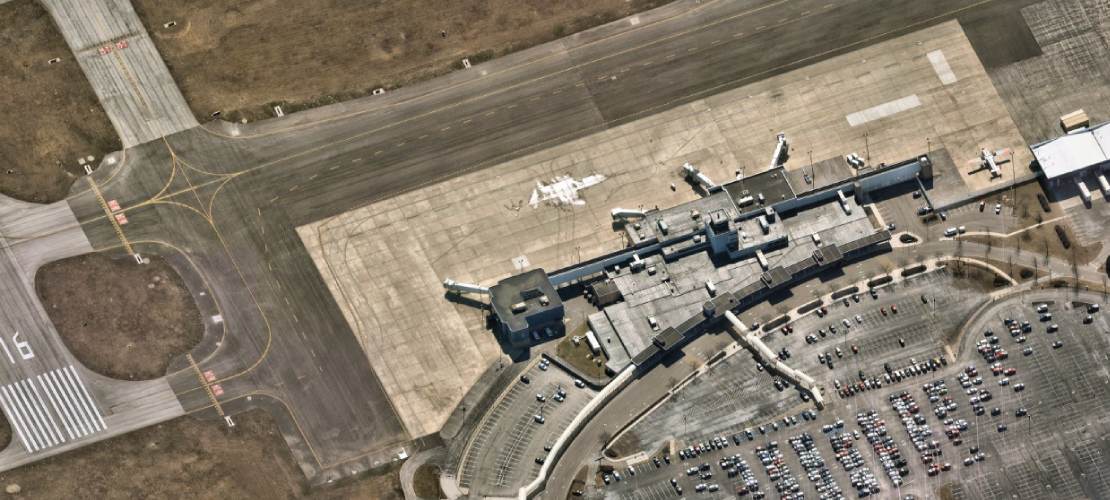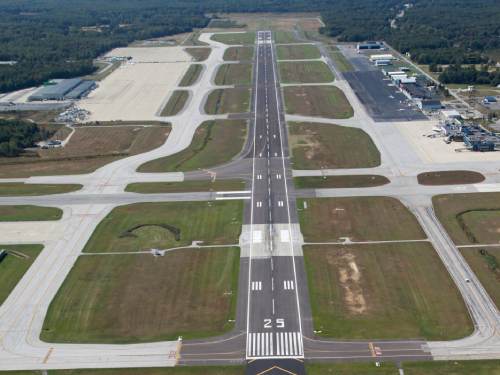Frequently Asked Questions



A Master Plan update is comprehensive study designed to depict an airport’s short, medium, and long-term development plans to meet future aviation demand in a safe, efficient, economical, and environmentally responsible manner. The purpose of the study is to identify short and long-term needs of the airport, tenants, users, and the public. The data collected is used to create a development plan forecasted over a 20-year planning horizon.
Airport Master Plans are regularly updated to support maintenance, development, expansion, and modernization of existing airports, as well as to justify construction of additional airports needed to accommodate growth in demand for aviation services. The Eugene F. Kranz Toledo Express Airport last completed a Master Plan and accompanying Airport Layout Plan (ALP) drawing set in 2008. Since then, the airport and the industry have made significant changes in direction and practices. The TLCPA identified this specific study to address as part of the study:
The Toledo-Lucas County Port Authority and the Eugene F. Kranz Toledo Express Airport awarded a contract to RS&H to develop a new Master Plan for TOL. RS&H was selected from a national competitive bidding process to carry out the study. RS&H, and sub–consultants thereof, will work closely with the Airport and TLCPA to complete the study.
Sub-consultants:
The Eugene F. Kranz Toledo Express Airport is operated under the authority of the Toledo-Lucas County Port Authority. Airport operations are funded using airport revenues. All revenues earned by the airport must be spent solely for airport purposes and the airport strives to fund all operating costs using only airport operating revenues. Some airport capital projects are funded by non-aviation related revenues (i.e., concessions), aviation revenues (i.e., rents and landing fees), and federal and state grants. This Airport Master Plan Study is funded using a 100 percent federal Airport Improvement Program (AIP) grant as part of the CARES Act, to update the 2008 Toledo Express Airport Master Plan.
The current timeline anticipates completion of the study near the end of 2023.
The components of an airport Master Plan study include:
Terminal programs that are funded by the Federal Aviation Administration require the following steps: Assessment, Study, Environmental, Design, Construction. The Airport is currently in the third phase of this process.
The Airport Master Plan ensures that the airport has the infrastructure required to accommodate the forecasted growth in order to be eligible for airfield and terminal funding. This effort does not market the airport for additional air service. However, the Port Authority team is working hard with the airlines to determine sustainable air service from TOL.